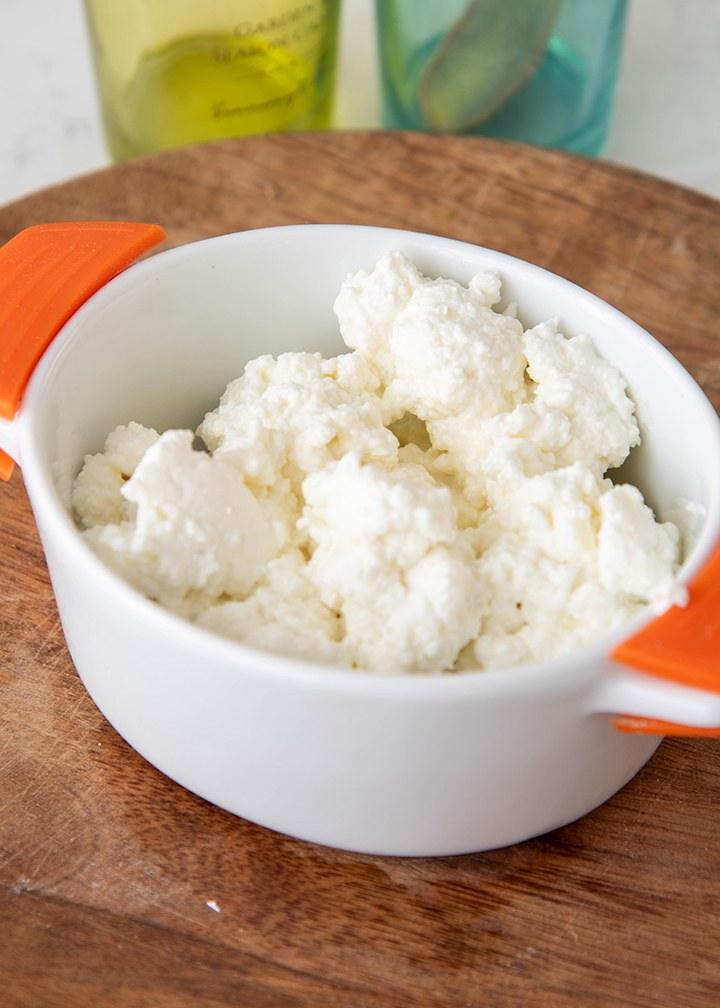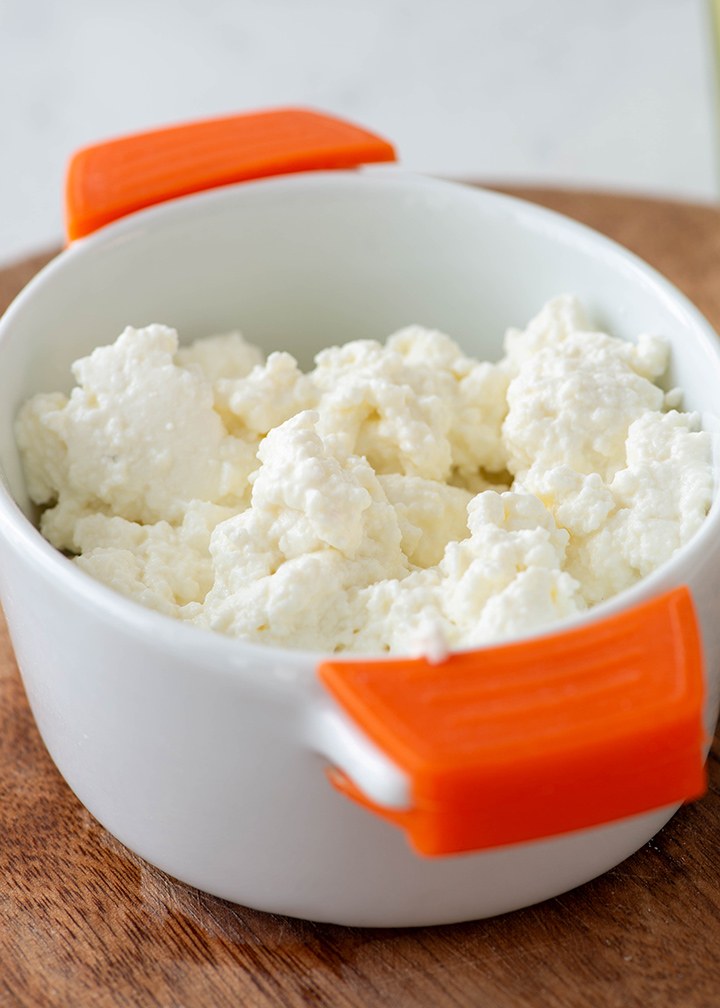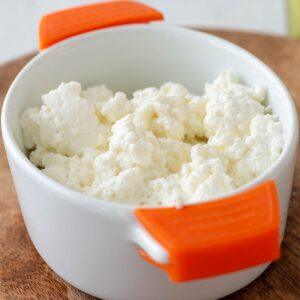Making cottage cheese at home is not only simple but also a great way to ensure you’re getting a fresh, additive-free product. This homemade cottage cheese recipe is low carb, high protein, keto-friendly, and gluten-free, making it a perfect choice for health-conscious individuals. Plus, it’s an easy cottage cheese recipe that doesn’t require any rennet or special cultures. Let me guide you through the process! Whether you’re following a keto diet, looking for a high-protein snack, or just want to try your hand at cheesemaking, this recipe is a fantastic starting point. Enjoy your homemade cottage cheese and the countless ways you can incorporate it into your meals! You can eat it plain, add it to your favorite dishes, or use it as a base for creamy dips, this versatile cheese is a delightful addition to any kitchen.
Why Should You Make Cottage Cheese at Home?
There are several reasons why you might want to make cottage cheese at home. First and foremost, homemade cottage cheese is fresher and more flavorful than store-bought versions. You have complete control over the ingredients, ensuring there are no unwanted additives or preservatives. Additionally, making your own cottage cheese can be more cost-effective, especially if you consume it regularly. For those following specific dietary guidelines like keto or gluten-free, homemade cottage cheese is a perfect fit as it is low in carbs and high in protein.
Tricks and Tips for Making Perfect Cottage Cheese
Milk Quality: Use fresh, high-quality whole milk. Avoid ultra-pasteurized (UHT) milk as it doesn’t curdle well. Temperature Control: Use a reliable thermometer to ensure accurate temperatures during heating and curdling. Gentle Handling: Handle the curds gently to avoid breaking them up too much, which can result in a mushy texture. Adjust Acidity: If the curds don’t form properly, you may need to adjust the amount of vinegar slightly.
Is This Cottage Cheese Healthy?
Yes, homemade cottage cheese is very healthy! It is low in carbohydrates, making it ideal for those on a keto diet. It’s also high in protein, which helps with muscle repair and growth. Since it’s made fresh, you avoid any preservatives or additives commonly found in store-bought versions. Plus, you can control the amount of salt and any additional ingredients, tailoring it to your dietary needs.
Nutrition in Cottage Cheese
Cottage cheese is a nutritional powerhouse, rich in high-quality protein and essential nutrients. A 1-cup serving provides approximately 27 grams of protein, making it an excellent choice for muscle repair and growth. It is low in carbohydrates, with about 6 grams per serving, and offers varying fat content depending on whether it’s full-fat, low-fat, or non-fat. Cottage cheese is also a good source of calcium, phosphorus, vitamin B12, riboflavin, and selenium, all of which are vital for bone health, energy production, and cellular function. Its high protein and low-calorie profile make it ideal for weight management and overall health, fitting well into low-carb, high-protein, and ketogenic diets.
How to Eat Cottage Cheese
Cottage cheese is incredibly versatile. There are many ways to use this homemade cottage cheese. Here are a few ideas on how to enjoy it:
On Its Own: Enjoy it as a simple, protein-rich snack. With Fruit: Add fresh berries, pineapple, or melon for a sweet and savory treat. In Salads: Mix it into salads for added protein and creaminess. In Smoothies: Blend it into smoothies to increase the protein content. As a Dip: Mix with herbs and spices to create a savory dip for vegetables.
Storage and Shelf Life
Store your homemade cottage cheese in an airtight container in the refrigerator. It’s best consumed within 5-7 days for optimal taste and texture. Always use a clean spoon to scoop out servings to prevent contamination and extend its shelf life.
More Such Recipes
📖 Recipe


